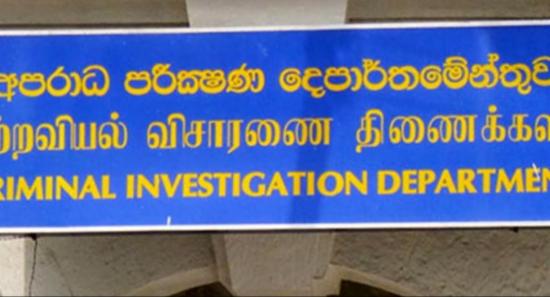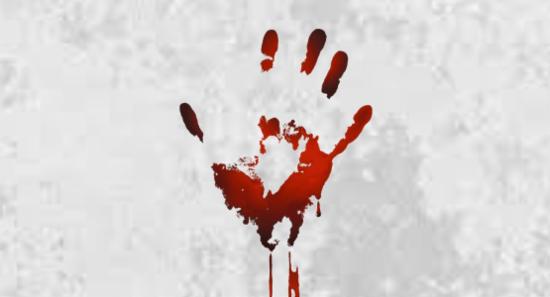.webp)

Batalanda: Political Witch Hunt Exposed
COLOMBO (News 1st); The Batalanda Commission Report, comprising 14,000 pages including annexes and notes, contains numerous hidden details that have remained concealed from the world.
During the operation of the Batalanda torture chamber, Ernest Perera served as the Inspector General of Police of Sri Lanka. His testimony is a crucial part of the Batalanda Commission Report.
Excerpt from the Batalanda Commission Report:
Question:
"Did the political executive, in collaboration with the police, not only suppress genuine terrorists but also use this as a pretext to target their political opponents?"
Ernest Perera
Former Inspector General of Police:
"Yes, there were several such incidents."
This is part of the testimony given by former IGP Ernest Perera before the Batalanda Commission.
According to him, a political witch hunt was carried out under the guise of suppressing the armed struggle of the Janatha Vimukthi Peramuna (JVP).
On August 25, 1988, when lawyer Wijeyadasa Liyanarachchi disappeared, Ernest Perera had been in office as IGP for about a month.
The former IGP revealed details about this high-profile murder before the commission.
Following Liyanarachchi's disappearance, his senior lawyer Ranjith Abeysuriya and others intervened and made inquiries from various parties.
The Batalanda Commission Report states that Tangalle Police Superintendent Karavitige Dharmadasa had reportedly claimed that the missing lawyer was in Tangalle police custody, when inquired by the then-Inspector General Of Police.
According to Ernest Perera's testimony, on August 31, 1988, at noon, then-Minister Ranil Wickremesinghe had made a phone call to him.
Excerpt from the Batalanda Commission Report:
Lawyer:
On Wednesday, August 31, 1988, at noon, Hon. Ranil Wickremesinghe instructed me to bring the suspect to the Special Operations Unit in Kelaniya.
Former IGP:
Yes, that was the outcome of those discussions. I acknowledge that.
Lawyer:
Did you conceal the truth?
Former IGP:
He confirmed the decision.
Lawyer:
Did you have telephone conversations with Ranil Wickremesinghe at that time?
Former IGP:
Yes.
Lawyer:
Did Ranil Wickremesinghe request to bring Liyanarachchi to the Sapugaskanda police?
Former IGP:
Yes.
Question:
Why did Hon. Ranil Wickremesinghe want the suspect brought to Colombo and then handed over to the special unit operating in Kelaniya?
Former IGP:
After leaving the ministry, Hon. Ranil Wickremesinghe called me and instructed to hand over the suspect to the Kelaniya unit. Therefore, I assumed that Ranil Wickremesinghe would inform the Secretary of Defense about this.
Excerpt ends.
According to the commission report, the former IGP ordered that lawyer Wijeyadasa Liyanarachchi be handed over to Assistant Superintendent of Police Douglas Peiris, who resided in the Batalanda housing complex.
The report suspects that Liyanarachchi was taken from Tangalle to the Batalanda torture chamber.
On September 2, 1988, at 11 PM, Liyanarachchi was admitted to the emergency unit of Colombo National Hospital in critical condition.
He passed away at 12:55 AM in the intensive care unit.
Excerpt from the Batalanda Commission Report:
"The post-mortem examination was conducted by Colombo Judicial Medical Officer Dr. L.B. de Alwis. According to his findings, Wijeyadasa Liyanarachchi died due to shock and hemorrhage caused by multiple muscle and skeletal injuries inflicted by blunt weapons."
Excerpt ends.
Why was Wijeyadasa Liyanarachchi, detained in Tangalle, ordered to be taken to Batalanda?
Was there a political motive behind the murder of lawyer Wijeyadasa Liyanarachchi?
Is it not time to ensure justice for these crimes and prevent them from being buried forever?
Other Articles
Featured News





.png )








-785316_550x300.jpg)



















.gif)